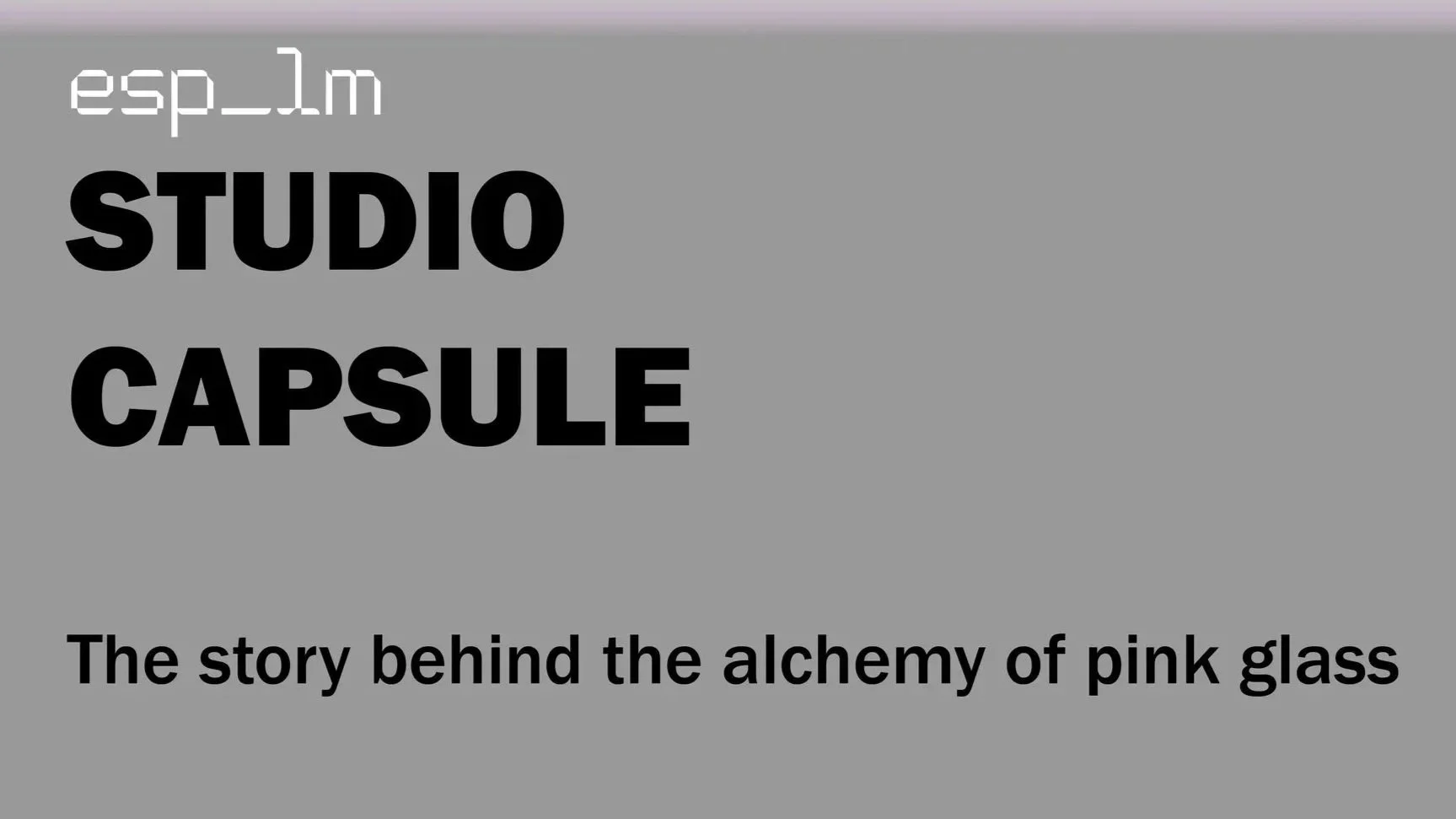The story behind the alchemy of pink glass
Colored glass, once central to architectural ornament and the modulation of spiritual light, has become increasingly absent from contemporary architecture and design. Among its chromatic spectrum, pink stands out as one of the most elusive and refined hues to produce.
Its integration into our work seeks to contrast the nostalgic and sensorial touch of the glass with the cleanliness and coldness of stainless steel.
Throughout our collaboration with glass suppliers and stained glass artisans, a recurring question emerged: why is pink glass the most expensive and difficult to find?
The answer lies in a combination of technical, economic, and cultural factors. Pink glass remains one of the rarest on the market today, as its production depends on the use of colloidal gold to achieve its distinctive rose and ruby hues. Pink glass embodies a fragile equilibrium between temperature, timing, and the alchemical transformation of matter. Discovered in the seventeenth century, this process demands exceptional chemical precision and costly materials, rendering large-scale production both rare and precious.
Over time, many glass manufacturers have reduced or even ceased production of this type of glass due to the high cost of gold and the low market demand. Stained glass workshops themselves, faced with a context that prioritizes efficiency and cost reduction, have largely stopped requesting it. As a result, pink glass has become a rare material, almost collectible in nature.




